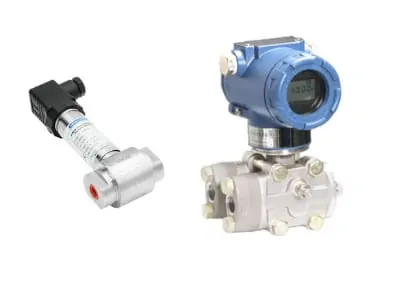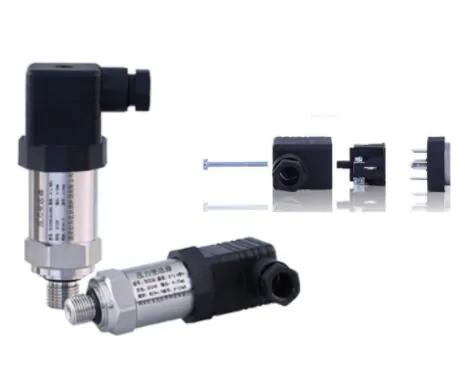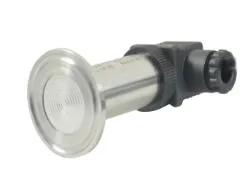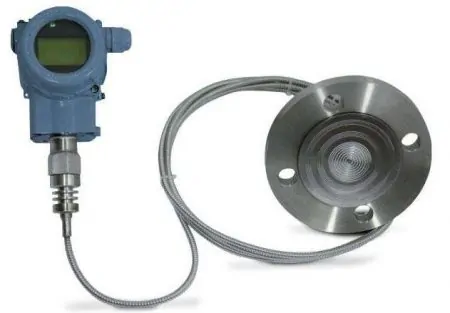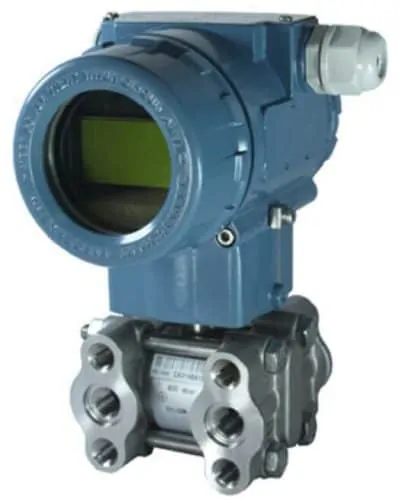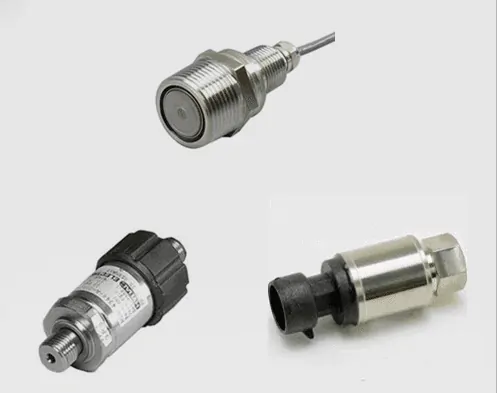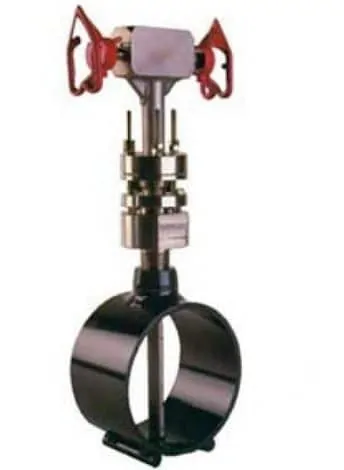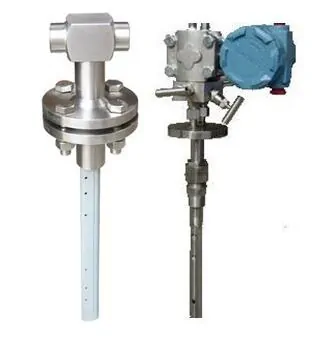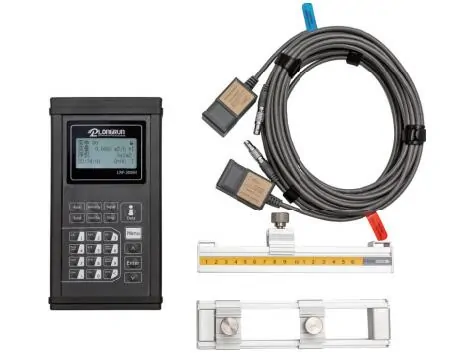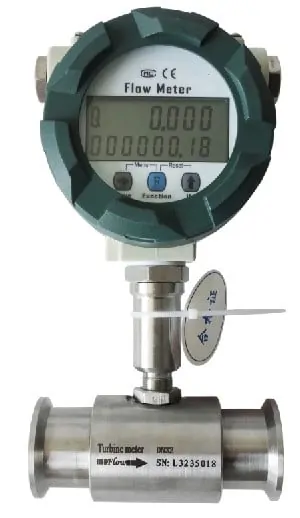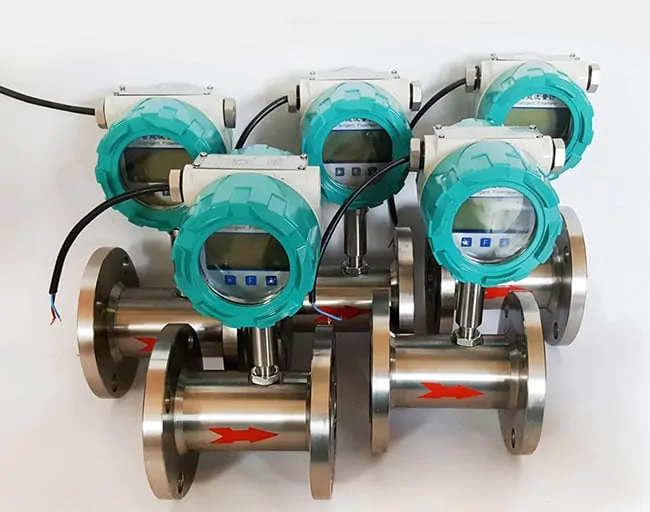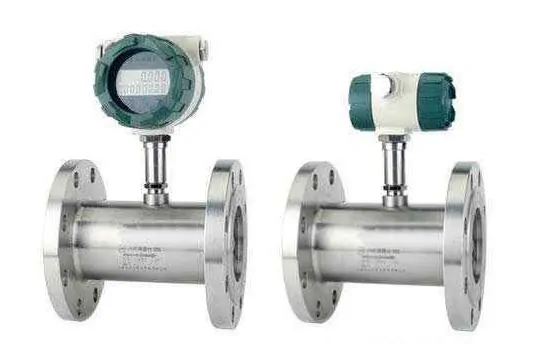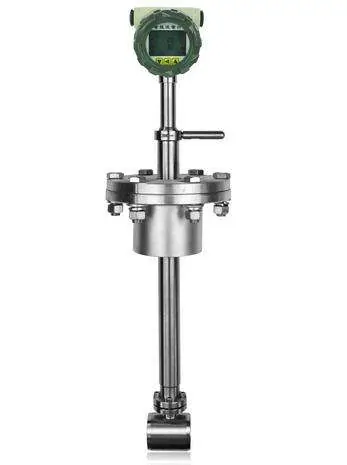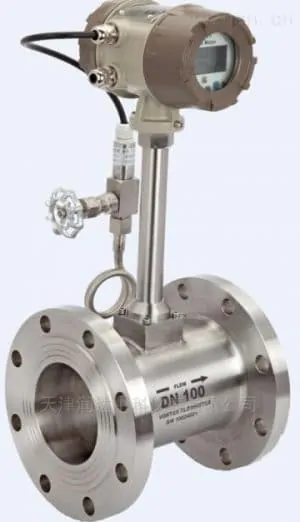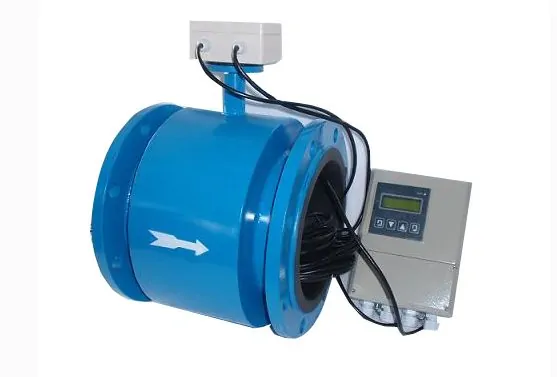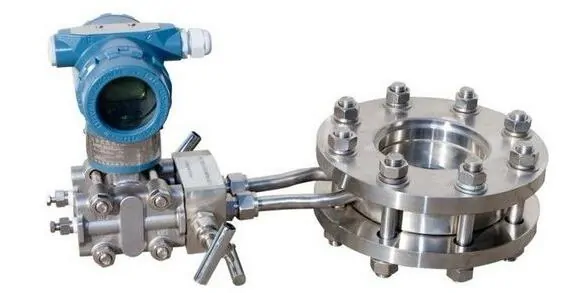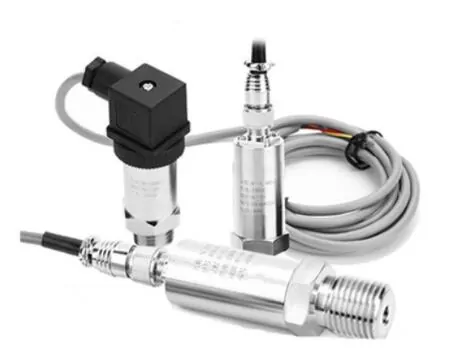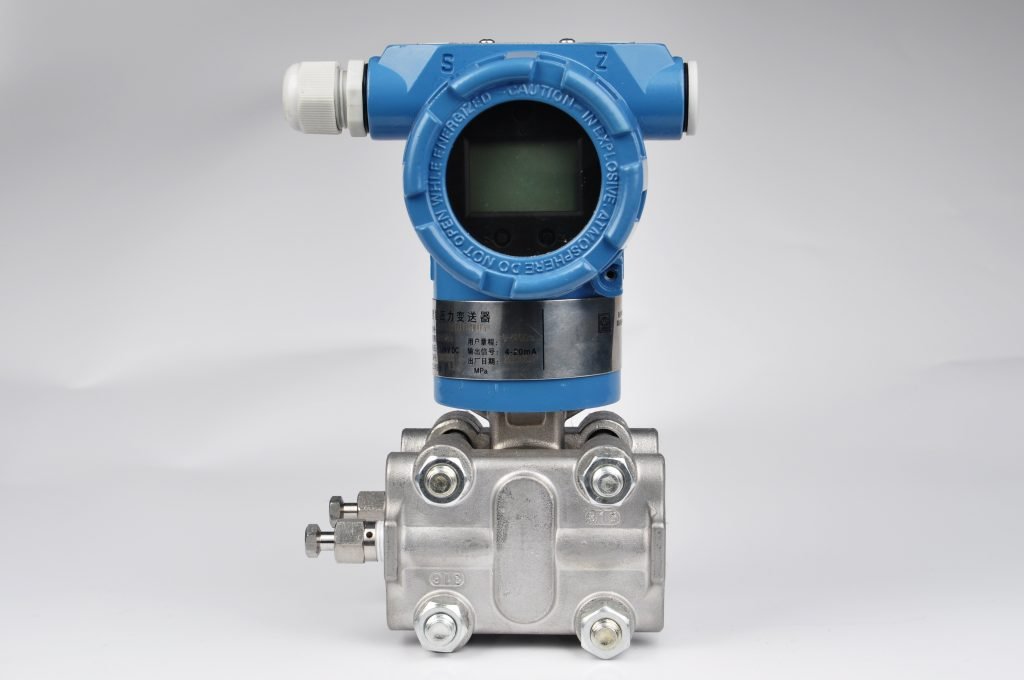
Pressure transmitters and transducers with industry-leading performance help improve operations in a wide range of industries
What is a pressure indicator transmitter?
Pressure indicator transmitters are industrial instruments,
which has a digital display for providing a local indication of pressure indicating,
and a 4-20 mA output pressure transmitter (which is also called the smart pressure gauge),
for sending an analog signal to control & monitor instrumentation.
The built-in digital indicators can be scaled via push buttons or change pots,
to any pressure unit or a 0-100% full scaling.
No additional external supply is required,
since the digital indicator is powered by the 4-20mA current loop,
from the pressure transmitter.
Sino-Instrument can offer pressure indicator transmitters for differential pressure measurement,
pressure level measurement, and water pressure measurement.
Pressure indicator transmitters can work with manifold, diaphragm seal, hart, orifice plate,
to measure different types of flow or level.

Pressure Indicators
by Sino-Instrument
- More Reliable
- Better Price
- Many Years of experience in development and production
Contact us
Email: huahengxa@gmail.com
WhatsApp: +86-180 4861 3163
WeChat: +86-180 4861 3163
Mob: +86-18048613163
Types of the pressure indicator transmitters
SI-D100-Diaphragm-pressure-gauge differential pressure transmitters HART pressure transmitters Oem smart Pressure Transducer pressure sensor SI-350 Sanitary Pressure Transmitter SMT3151 Diaphragm Seal Pressure transmitter static pressure transmitter SMT3151 TGP -stainless steel sensor process, oil and gas industry Low pressure transmitter
You may like:
Differential Pressure Flowmeters
What is the function of a pressure transmitter?
The main function of the pressure transmitter is to transmit the pressure signal to the electronic device,
which in turn displays the pressure on the computer.
The pressure transmitter amplifies the weak electrical signal collected by the pressure sensor,
to transfer or activate the control element.
Or a signal source that converts the non-electricity of the sensor input,
into an electrical signal while amplifying it for remote measurement and control.
The analog quantity can also be converted to a digital quantity as needed.
The pressure sensor converts the mechanical pressure value into a proportional electrical signal.
The pressure sensor typically consists of a stable main body and a (thin) diaphragm.
The diaphragm is the most important element for the measurement of the pressure,
and is equipped with strain-sensitive and compression-sensitive resistance structures,
so-called strain gauges (DMS).
The diaphragm is deflected under the influence of pressure.
Thus, the strain gauges attached to it are elongated or compressed,
and its electrical resistance changes.
This change in resistance is directly proportional to the pressure.
For example, if the resistors are wired to a Wheatstone measuring bridge,
the resulting electrical signal can be measured and transferred to an indicator.
You may like the pressure level transmitter
What is the difference between the pressure gauge and pressure indicator?
A pressure Indicator is an instrument that indicates pressure.
A pressure Gauge is also a type of pressure Indicator.
It is a mechanical device.
Pressure indicators can work on mechanical deflection (in case of pressure gauge) or Piezoelectric effect,
change in capacitance, change in inductance, etc.
These are generally digital type instruments.
What is the difference between the pressure switch and pressure transmitter?
Extended reading: Smart Differential Pressure Transmitter
Sino-Instrument is pressure transmitters manufacturer in China.
We offer all types of Pressure indicator transmitters.
Like Direct Mounted, flange-mounted, single flange, double flange,
Remote Diaphragm Seals, High Static, Digital Remote.
Most of our pressure transmitters are used in oil, liquids,
DP transmitter, flow measurement, level measurement (like the ultrasonic level measurement),
density, and other process variables.
Pressure transducers are generally available with three types of electrical output;
millivolt, amplified voltage, and 4-20mA.
You can ensure product safety by selecting from certified suppliers,
with ISO9001, ISO14001 certification.
We will share more about instrument calibration, like the flow transmitter calibration.
Request a Quote
Verabar Flow Meter SI 3051ANB Annubar Flow Meter SI-2000H handheld ultrasonic flow meter Portable ultrasonic flowmeter SI-LWGY Sanitary turbine flow meter Liquid Turbine Flow Meters Gas Turbine Flow Meters Insertion Vortex Flow Meters Steam flow meter Vortex Flow Meters Industrial Vortex Flow Meter Emerson AMS Trex Device Communicator Energy-BTU Mag Meter Orifice flow meter Oem smart Pressure Transducer pressure sensor 3151 dp transmitters manufacturer

Wu Peng, born in 1980, is a highly respected and accomplished male engineer with extensive experience in the field of automation. With over 20 years of industry experience, Wu has made significant contributions to both academia and engineering projects.
Throughout his career, Wu Peng has participated in numerous national and international engineering projects. Some of his most notable projects include the development of an intelligent control system for oil refineries, the design of a cutting-edge distributed control system for petrochemical plants, and the optimization of control algorithms for natural gas pipelines.


